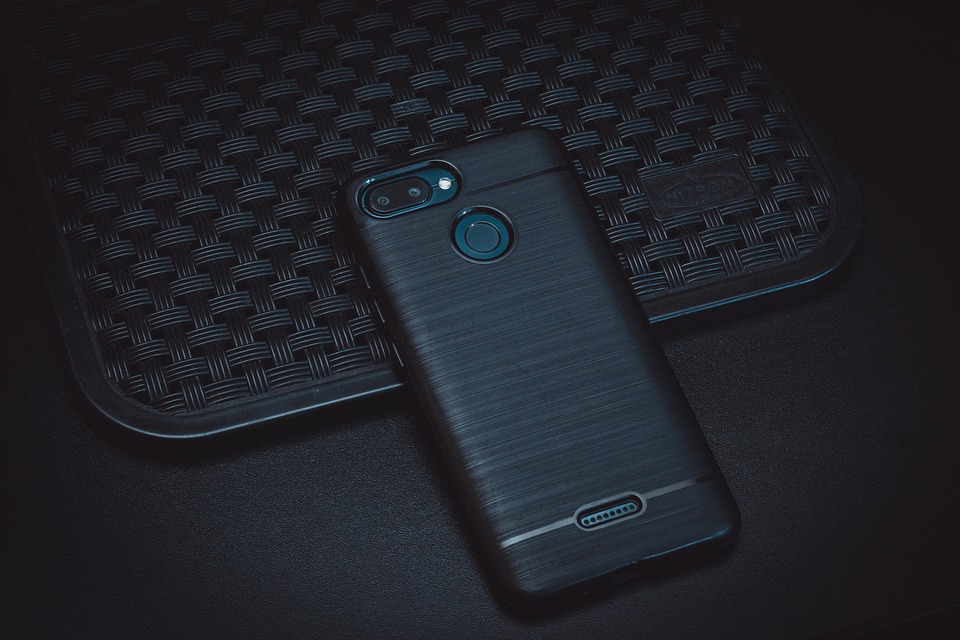In the world of technology, operating systems play a crucial role in determining the functionality and experience of a device. With the variety of devices available on the market today, it is essential for operating systems to cater to different types of devices and use cases. Two such operating systems that cater to distinct types of devices are HyperOS and MIUI.
HyperOS is an operating system developed by HyperTech Inc. that is designed specifically for high-performance computing devices such as servers and workstations. HyperOS is known for its robustness, security features, and scalability, making it an ideal choice for enterprise-level computing. The operating system is built on a lightweight microkernel architecture that allows for efficient resource management and high performance. With support for virtualization technologies such as KVM and Docker, HyperOS enables users to run multiple virtual machines and containers on a single server, maximizing the utilization of hardware resources.
One of the key features of HyperOS is its strong emphasis on security. The operating system includes built-in security mechanisms such as SELinux, AppArmor, and stack smashing protection to protect against various types of cyber threats. In addition, HyperOS provides encryption and authentication features to ensure the confidentiality and integrity of data stored on the device. With regular security updates and patches, HyperOS offers a secure computing environment for sensitive data and critical applications.
In contrast, MIUI is an operating system developed by Xiaomi Inc. that is primarily used on mobile devices such as smartphones and tablets. MIUI is known for its sleek and user-friendly interface, as well as its extensive customization options. The operating system is based on the Android platform and offers a range of features such as themes, wallpapers, and gestures to enhance the user experience. With regular updates and optimizations, MIUI provides a smooth and responsive user interface that caters to the needs of everyday consumers.
One of the key features of MIUI is its focus on customization. The operating system allows users to personalize their device with themes, wallpapers, and fonts to create a unique and personalized experience. With support for gesture controls and shortcuts, MIUI enables users to navigate their device more efficiently and intuitively. In addition, MIUI includes a range of pre-installed apps and services that cater to the lifestyle and preferences of users, such as Mi Fit for fitness tracking, Mi Cloud for data backup, and Mi Drop for file sharing.
Despite their differences in target devices and use cases, HyperOS and MIUI share some common characteristics that make them stand out in the world of operating systems. Both operating systems prioritize performance, reliability, and security to provide users with a seamless and secure computing experience. With regular updates and optimizations, both HyperOS and MIUI strive to meet the evolving needs of users and adapt to the changing technological landscape.
In conclusion, HyperOS and MIUI are two operating systems that cater to different types of devices and use cases, but share common principles of performance, reliability, and security. While HyperOS is tailored for high-performance computing devices such as servers and workstations, MIUI is designed for mobile devices such as smartphones and tablets. By catering to distinct markets and offering unique features and capabilities, HyperOS and MIUI contribute to the diversity and innovation in the world of operating systems.
HyperOS is a high-performance computing operating system designed for servers and workstations, known for its robust security features and scalability. It emphasizes security with mechanisms like SELinux and encryption. MIUI, developed by Xiaomi, is a mobile operating system with a customizable interface for smartphones and tablets. It focuses on user-friendly features like themes and gestures. Both Operating Systems prioritize performance, reliability, and security, providing regular updates to meet user needs. Despite their differences in target devices, HyperOS, and MIUI share common principles. HyperOS is for enterprise-level computing, while MIUI caters to everyday consumers, contributing to diversity and innovation in the operating system world.
